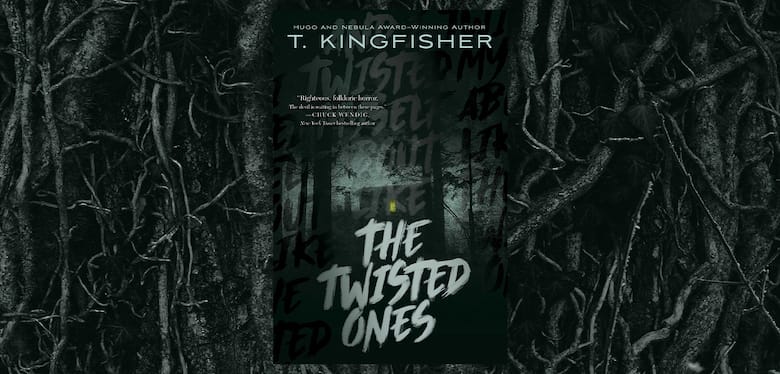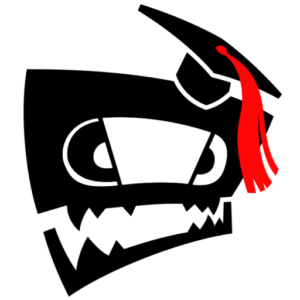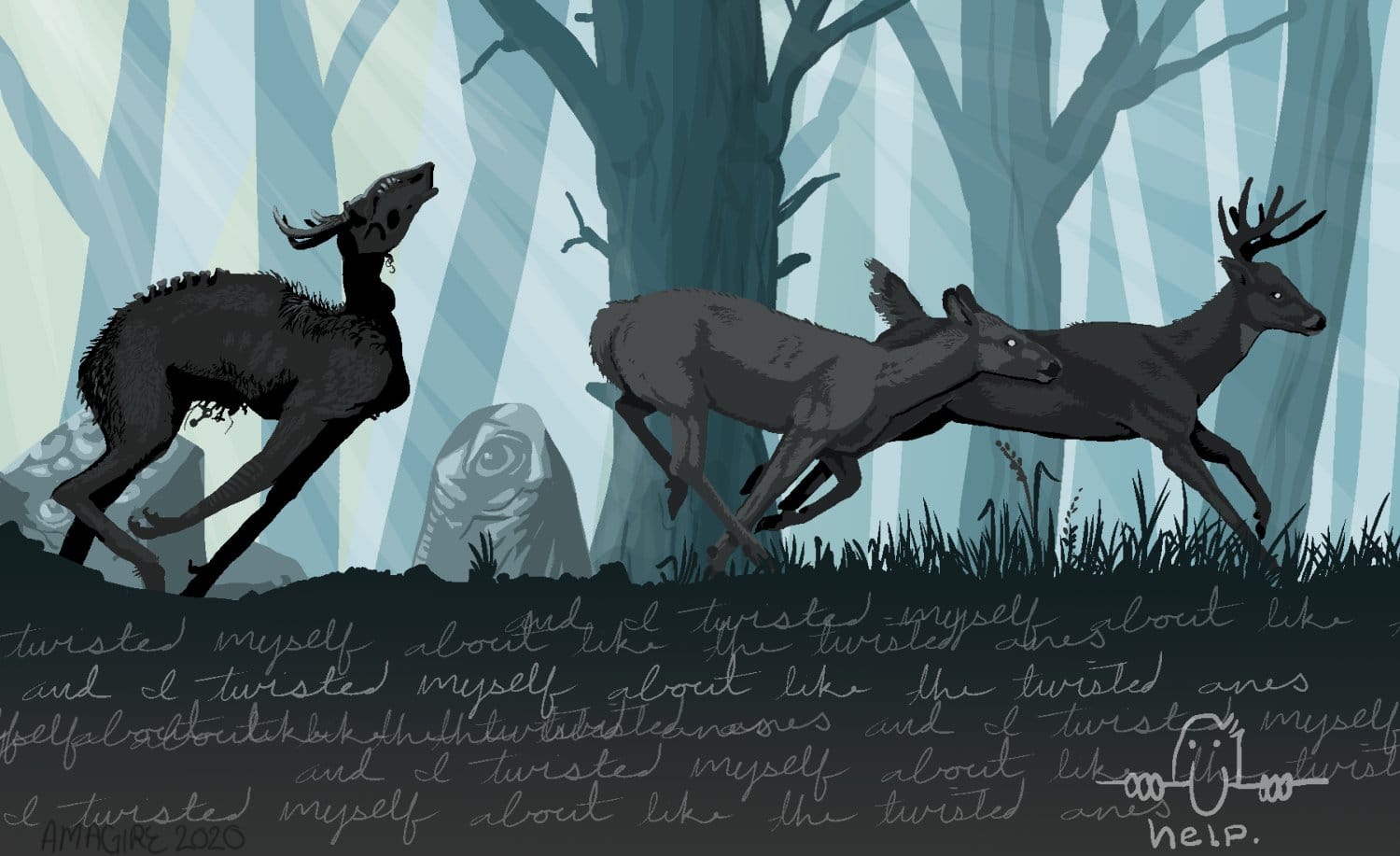Hoarders repulse us and fascinate us.
Throw a rock at your TV while skipping through the reality TV channels and you’ll hit a station with a confused fifty-year-old man with black skiddies stuck to his toilet, three hundred corks littering what can be seen of his living room floor, and enough pizza boxes to build his own model of the Burj Khalifa (to scale). We live off of their illness because, no matter how many days it’s been since we’ve hoovered our carpet or scrubbed down the shower, our homes are still cleaner than theirs.
But none of us, really, ever think of the monumental amount of effort it would take to clean a home like that, nor where to begin. This is the scenario Melissa (Mouse) faces at the beginning of T. Kingfisher’s folk horror novel, The Twisted Ones.
The Twisted Ones and The Cotgrave Journal
We all remember a time we were sent upstairs to clean our room only to be found, hours later, sitting amongst the mess playing with toys we didn’t remember we owned.
For Mouse in The Twisted Ones, it is not a toy she discovers amongst the “useless rubbish” of her surly (now deceased) grandmother’s belongings, but the journal of her (also deceased) step-Grandfather’s journal.
Initial concerns over reading a dead man’s journal conveniently tossed aside, Mouse finds the words that stage the entire novel…
I made faces like the faces on the rocks, and I
twisted myself about like the twisted ones, and I
lay down flat on the ground like the dead ones.
This phrase does to Frederick Cotgrave what Crazy Frog does to us, torments him by continuously repeating itself within his head driving him crazy. While this is not a review of the novel, these words are extremely effective as they make no sense until context is applied at the novel’s end (and even then you don’t quite get the significance.)
This journal leads Mouse into the most significant and second foray for the author into a specific type of horror – interdimensional horror.
What is Interdimensional Horror?
Interdimensional horror is just what you expect: any horror story that involves horrors from another dimension.
Look, we are about to enter a cinematic age of multiple realities. The multiverse that the MCU has gradually established throughout phases 1-3 of its films is about to come to fruition within the next phase. Soon, what was once only known to comic book readers and those that understood The Big Bang Theory (or, you know, actual physics) is going to hit the mainstream – there could be a million more universes just like our own.
But before the MCU established their own interpretation, there was the Wood Between the Worlds in The Magician’s Nephew (Bodley Head, 1955) the sixth novel in C.S. Lewis foray into Narnia. It is undoubtedly here that Kingfisher found the inspiration for her novel The Hollow Places (Titan, 2020).
The Hollow Places came out less than a year after The Twisted Ones, but delves much deeper into how Kingfisher structures her narratives around other worlds circling our own. Upon discovering a hole in the wall of her Uncle Earl’s museum, Kara finds herself in a military type bunker that leads up to a world of strange islands, each seemingly with its own bunker to another world, haunted by beings that play with the foundations of reality and inflict these confused wills upon any humans that stray to these islands.

This helps contextualise how the twisted ones in the novel’s name sake have constructed their selves. Salvaged from broken, spare, deconstructed parts, the twisted ones are extremely hard to imagine. No two look the same but they are generally described as “monstrous effigies built of bone and mud and wire” and “hooves and horns and rocks and branches like antlers and old rags stretched over frames that weren’t remotely human.” These effigies are factory-built creatures desperately seeking the correct kind of blood from our world to…lead them? Build them better? This part is kind of hazy, but what is not is that they come from another world that is hinted to have gateways all over the world.
From a sci-fi point of view, the inclusion of other worlds would be a source of excitement, of enthusiasm that runs through the characters to discover what is beyond our own world, in a similar vein to the western ideals of colonialism and the world beyond Europe. However, Kingfisher takes on a deliciously different approach that centres on an invasion by these worlds into our own.
— FOUNDATIONS OF HORROR —
Further explore these subgenres & tropes. more>>
#Lovecraftian | #That House is Scary

The interdimensional horror detailed within The Twisted Ones is the oldest horror of humanity, the unknown. While it’s not a fear that may frighten all, it is one that will frighten some. It takes the horror tropes of rural living and imbibes it with a fresh take on fear. Some devices look the same; being alone, strange noises, things creeping out in the woods, and revitalises it with a Lovecraftian edge. Now the wilderness is not so wild, but a border between ourselves and a civilization greater than our own. We become the wilderness. And not just Mouse’s grandmother’s house, or the small town it resides at the edge of, Earth itself becomes the wilderness, the unknown, the land waiting to be discovered by monstrous effigies with dear heads wired to old bones that rattle with rocks like a woodpecker pecking bark.
Last Updated on July 20, 2021.

